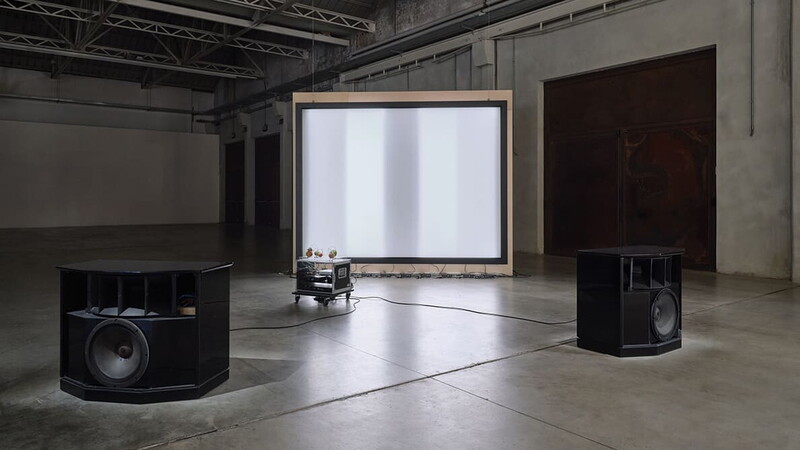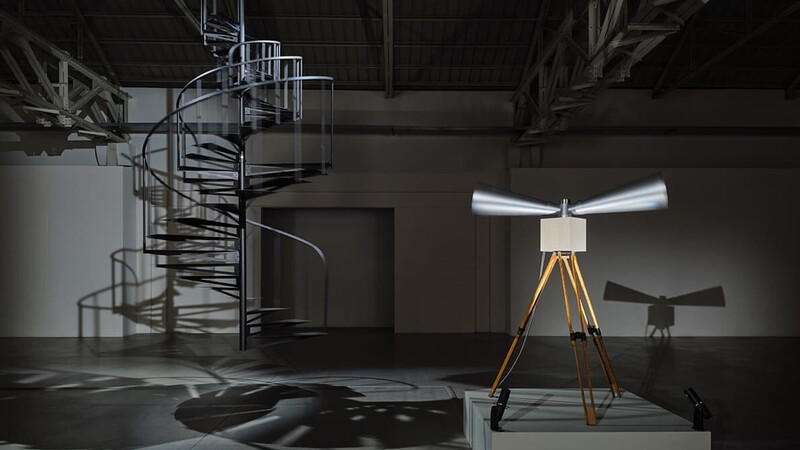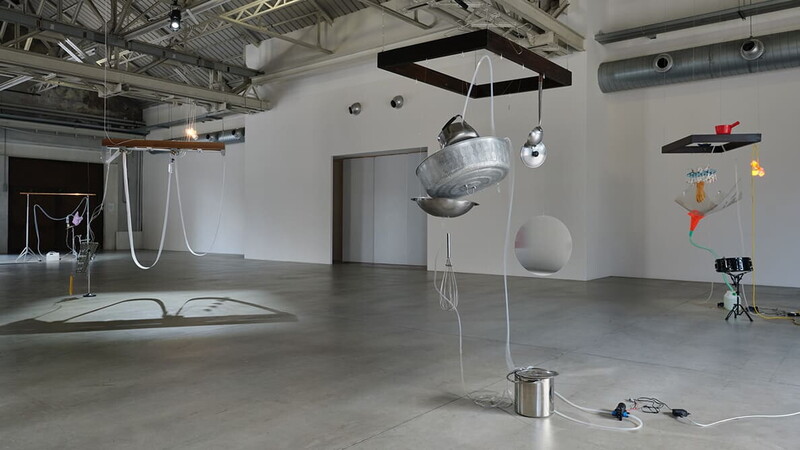Circularity as a universal motion, human ingenuity that does not dominate and the dialogue between the artificial and the natural are just some of the questions that coexist and intertwine within the practice of Yuko Mohri.

The exhibition “Entanglements”, organised in collaboration with the Fundación Botín in Santander, Spain – where it will travel in spring 2026 – represents the most extensive solo exhibition ever dedicated to the artist in Europe. It offers an important opportunity to explore the evolution of her research and her visual language.
Born in Kanagawa, Japan, in 1980, Mohri first emerged on the Japanese art scene in the early 2000s with a practice that interweaves visual art and experimental music. She has since distinguished herself as one of the most innovative voices on the international stage. Her complex kinetic installations create environments where the relationship between objects, space and audience transforms into an immersive field in constant flux. Natural phenomena – often imperceptible ones such as humidity, heat, gravity and magnetism – shape her compositions, giving life to a theatrical ensemble of sounds, movements and vibrations.

Deeply influenced by the experimental approaches of composers such as John Cage and Erik Satie, Mohri does not treat sound merely in musical terms but as a diffuse phenomenon. Her work transports us into a dimension that invites expanded listening, fostering an acoustic sensitivity that transcends the dichotomy between harmony and dissonance. Through works such as I/O (2011-ongoing), Magnetic Organ (2004-ongoing) and Flutter (2018/2025), Mohri encourages visitors to broaden their senses and perception, highlighting the interdependence that binds us to the surrounding world and inviting a subtler kind of listening. It's an exercise in attention that feels increasingly urgent in the present time. The title of the exhibition at Pirelli HangarBicocca, Entanglements, precisely reflects this approach: it evokes invisible bonds and complex interactions, exploring how every element belongs to an interconnected system – a network of relationships in constant evolution.

Always drawn to a DIY approach, Mohri constructs her devices using every-day, often repurposed materials, through provisional assemblages that evoke artisanal ingenuity and autodidactic experimentation. Her works thus become an ode to precariousness and creative resilience, where repair becomes both an artistic and political gesture. A notable example is Moré Moré (Leaky): Variations (Flow #1, Flow #2, Flow #3) (2018), inspired by the improvised repairs found along the Tokyo subway lines – made by station staff in response to the frequent water leaks affecting the city's infrastructure. This inclination towards the amateur allows the artist to amplify the sense of mutability inherent in her works: errors, unpredictable situations and atmospheric changes take centre stage, merging her work seamlessly with the space that hosts it. Each of her exhibitions is unique and unrepeatable; all the installations inhabiting the Shed space at Pirelli HangarBicocca adapt in some way to their surroundings. The atmospheric characteristics of a given place particularly shape Decomposition (2021-ongoing), in which the slow decay of fruit – captured in real time through electrodes – generates visual and sound effects in continuous evolution. In addition to the works already mentioned, “Entanglements” also includes Piano Solo: Belle-Île (2024), in which Mohri converts environmental sounds into a musical composition performed by an automated piano, and You Locked Me Up in a Grave, You Owe Me at Least the Peace of a Grave (2018), a work that celebrates the concept of revolution in both its political and astral dimensions.
Mohri conceives space as a living presence, immersing herself in its rhythms and shaping a richly layered choreography, one that reorients our attention towards the invisible architectures that structure contemporary life.





